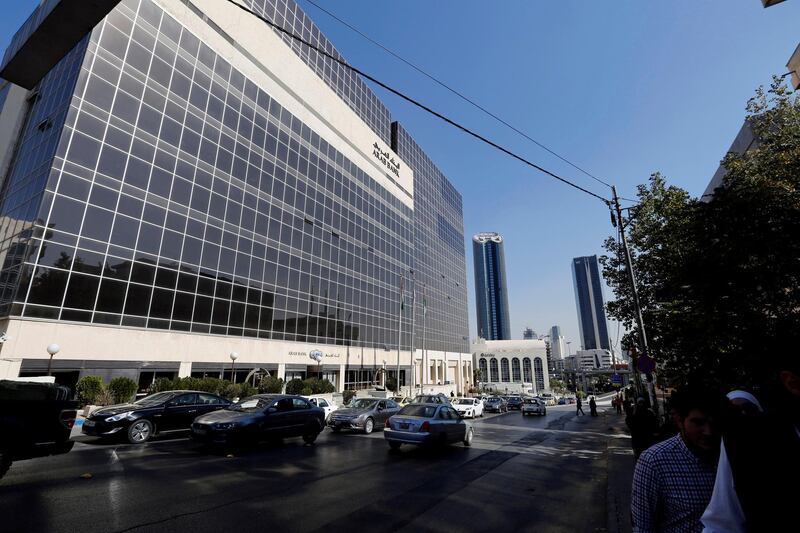The capital buffers of Jordan's banks remain strong despite their profitability weakening as a result of an economic slowdown induced by the Covid-19 pandemic, Moody’s Investors Service said.
Jordan implemented an immediate and strict lockdown to fight the pandemic in this year. A sharp economic contraction and a rise in non-performing loans will put pressure on the asset quality of lenders, Moody’s said in its latest report on Jordanian banks.
“We expect further pressure on profitability – particularly in the second quarter – from the material slowdown in economic activity caused by the pandemic and related containment measures,” the agency said.
“[However,] the system’s capital-to-assets ratio of 15.4 per cent is in line with regional peers and will continue to provide a solid buffer against losses," Moody's added.
"We expect banks to maintain a stable deposit base and their liquidity is sound, with liquid assets standing at 37 per cent of total assets at the end of May.”
Moody's expects Jordan's economy to shrink by 3.5 per cent in 2020, the first contraction since 1990, on the back of the coronavirus disruption. It projects growth will rebound to 3.3 per cent in 2021, compared with 1.9 per cent reported in 2019.
The Jordanian economy has been growing at a lacklustre pace since 2010, with real GDP growth averaging 2.4 per cent in that period, significantly below the 6.5 per cent rate of the previous decade.
The kingdom faces further headwinds with retail and leisure, tourism, hospitality, hospitality, transportation and its export-oriented manufacturing sectors taking the brunt of the slowdown.
The government and central bank have rolled out a series of fiscal and monetary measures to support the economy. The central bank lowered its benchmark interest rate to 2.5 per cent from 4 per cent, relieving some pressure on borrowers' disposable income and cash flows.
The regulator also injected liquidity into the banking system by reducing cash reserve requirements on deposits and also encouraged lenders to defer and reschedule debts this year.
Moody’s said these measure will delay but not fully avert loan defaults, especially by small businesses, to which banks are heavily exposed.
“Among our rated banks, exposure to SMEs range between 7 per cent and 13 per cent," the agency said. "Banks also hold high concentrations of confidence sensitive real estate loans, with commercial and residential real estate amounting to 22 per cent of credit facilities at the end of 2018.”
Eventual non-performing loan formation, Moody’s said, will depend on the “depth and duration of the downturn”. The ratio of bad loans is likely to remain close to 6 per cent this year, up from around 5 per cent in 2019.
The rating agency also expected the sovereign exposure of banks to increase over the next 12 to 18 months as government borrowing needs increase to maintain pandemic-related public spending.
Sovereign exposure was equivalent to 150 per cent of banking sector equity at the end of 2019, up from 130 per cent at the end of 2010, reflecting rising government borrowings.








